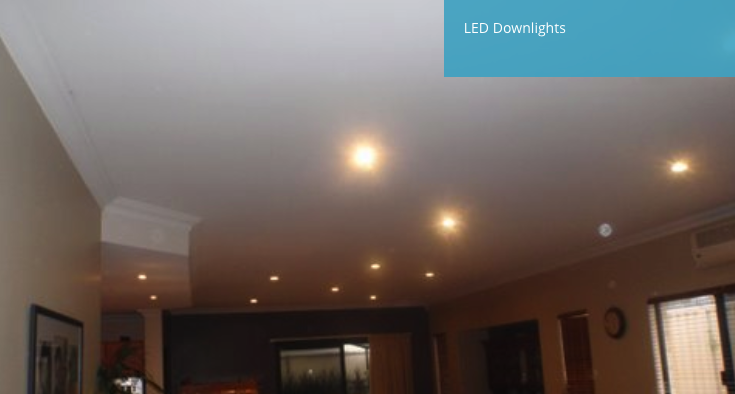The other day, I was conversing with a customer about changing their lighting over from halogen and incandescent lights to longer lasting LEDs, when it dawned on me that perhaps it wasn’t really true. Do LEDs really last longer than other lights?

Did you ever have a conversation or ponder a thought that maybe items were manufactured to last a certain amount of time or use, so the manufacturer could sell the same item over and over again? I remember the ol’ 60 watt globe, it seemed that one was replaced once a month in every household I lived in.
LED lights that have been promoted as extra long-lasting, but I have found that they don’t really last that extra long time. In the dim distant past I remember promoting the virtue of 50,000 hour life of LED lights! That’s about 5.7 years if you had them switched on for all that time, 24 hours a day, 7 days a week. Considering what our current preferred suppliers offer in the way of warranties, there is clearly a big divide between that 50k hour life and what the manufactures are expecting today.
A quick glance at the warranties of our current preferred suppliers: Clipsal offer 3 years, SAL 3 years, Robus 2 to 5 years depending on product warranties. Further, if we ask nicely, they will replace them including labour – but this is not always the case.
In our experience, as electrical contractors installing all varieties of lighting, the old light fittings were built to last. They used copper, brass, and steel in their construction with very little plastic. They are robust, and if they have control gear (like a transformer, choke, igniter, and/or starter) this gear is robust and designed to last. I mean last, last at least ten but more than likely 20 years. The lamps of course didn’t last that long – if in a house, an incandescent lamp will usually last a couple of months, whereas in a commercial application we expect an annual replacement of lamps – not because of failure but because they lose their luminous intensity (Lumens) or brightness. The Lumens can drop all the way to zero, but in 12 months they are usually giving 50% or less output.
A quick story: The maintenance manager at Garden City asked us to replace an older light fitting because “it always was trouble needing lamp replacements and repairs all the time”. We asked – how long has it been in service for? “Oh this is the new section so probably about 15 to 20 years”. …. need we say more about quality built fittings? They will last!
So why purchase a new LED light fitting if we are going to be replacing them in 3 to 5 years? OK so we haven’t talked about efficiency yet (and that’s for another blog), but in short – by comparison a 60 watt incandescent lamp produces about the same amount of Lumens as a 10 watt LED lamp – so the LED uses 5 times less energy.
Your choices as I see them are:
1 – Keep changing old school lamps and repairing fittings.
2 – Keep old fittings BUT where possible fit a replacement plug in or screw in LED lamp (this way you get more efficiency without having to change out the whole fitting every few years).
3 – Install a new BUT old school fitting that accepts lamps as in point 2 above.
4 – Install a new LED fittings BUT changing the whole fitting in a few years when it fails. And don’t think you will be changing one fitting, you’ll need to change all the fittings in the whole room or area – as they will most likely keep failing fairly rapidly together, and the same style/fitting/colour will no longer be available to purchase as there will be new models.
Here at PRF Electrical, our extensive experience means we can help you choose the best way forward with your lights. Why not get in touch now and discuss your requirements?
